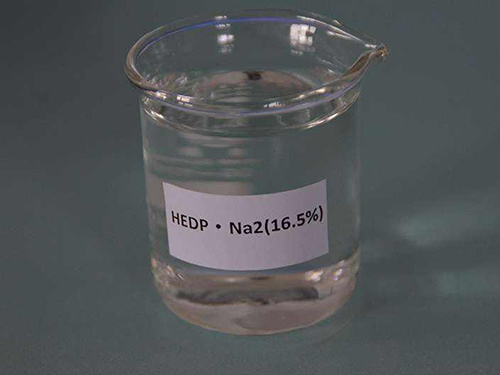Exploring the Uses and Benefits of Chlorinated Isothiazolinone in Industrial Applications
Chloroisothiazolinone An Overview of Its Uses, Benefits, and Safety Guidelines
Chloroisothiazolinone, a synthetic biocide, has become an integral component in a variety of industrial and consumer products. Known for its broad-spectrum antimicrobial properties, this chemical compound is commonly utilized in cosmetics, personal care products, cleaning agents, and industrial applications. This article explores what chloroisothiazolinone is, its applications, benefits, and safety considerations.
What is Chloroisothiazolinone?
Chloroisothiazolinone (often abbreviated as CIT) is a member of the isothiazolinone family, which includes other biocides such as methylisothiazolinone (MIT). The chemical structure of chloroisothiazolinone features a five-membered ring containing nitrogen and sulfur atoms, making it effective at inhibiting microbial growth. Its efficacy is most pronounced against a range of bacteria, fungi, and algae, which is why it has become a favored preservative in many formulations.
Common Applications
1. Cosmetics and Personal Care Products Chloroisothiazolinone is commonly found in lotions, shampoos, and makeup, primarily as a preservative to prevent contamination by bacteria and fungi. Its use ensures that products remain effective and safe for consumers over their intended shelf life.
2. Household and Industrial Cleaning Products This compound is an essential ingredient in many cleaning solutions, disinfectants, and bleach formulations. Its ability to eliminate pathogens makes it particularly valuable in environments requiring strict hygiene standards, such as hospitals and food processing facilities.
3. Industrial Applications In manufacturing processes, especially within the paper, textile, and paint industries, chloroisothiazolinone helps to prevent microbial growth that could spoil materials and products. It extends the usability and integrity of various goods.
4. Water Treatment CIT is utilized in water treatment processes to control microbial growth in cooling towers, industrial water systems, and swimming pools. This application ensures the maintenance of good water quality, contributing to health and safety standards.
chloro isothiazolinone

Benefits of Chloroisothiazolinone
The versatility of chloroisothiazolinone is one of its significant advantages. Its broad-spectrum activity means it can effectively combat a wide array of microorganisms, allowing it to serve in various formulations across multiple industries.
Another benefit is its cost-effectiveness. As a potent biocide, only minimal concentrations of chloroisothiazolinone are necessary to achieve desired results, making it a more economical choice compared to other preservatives. Furthermore, it often works synergistically with other preservatives, enhancing their effectiveness and overall formulation stability.
Safety Considerations and Regulations
Despite its widespread use and benefits, safety concerns regarding chloroisothiazolinone have prompted discussion within regulatory bodies and among consumers. Exposure to this compound can lead to skin sensitization and allergic reactions in some individuals. This has raised awareness regarding the concentration levels permissible in consumer products.
Regulatory agencies, including the European Commission's Scientific Committee on Consumer Safety (SCCS), have established guidelines to ensure safe usage levels in cosmetics and personal care items. In the European Union, products containing chloroisothiazolinone must be labeled accordingly, and specific concentration limits are enforced to mitigate risks to consumers.
In 2013, the European Union added restrictions on the use of chloroisothiazolinone in cosmetic products, leading to increased scrutiny and research into safer alternatives. Manufacturers are encouraged to investigate and, where feasible, replace this compound with less allergenic preservatives, especially in products designed for sensitive skin.
Conclusion
Chloroisothiazolinone remains a crucial element in the preservation of various products and materials, playing a significant role in consumer safety and product longevity. While its antimicrobial properties offer considerable advantages, awareness of safety considerations is essential for manufacturers and consumers alike. As the industry continues to evolve, ongoing research and regulatory oversight will be vital in ensuring that chloroisothiazolinone can be utilized effectively while maintaining the highest safety standards. By balancing the benefits with awareness of potential risks, stakeholders can harness the power of this compound responsibly in diverse applications.
-
Water Treatment with Flocculant Water TreatmentNewsJun.12,2025
-
Polymaleic AnhydrideNewsJun.12,2025
-
Polyaspartic AcidNewsJun.12,2025
-
Enhance Industrial Processes with IsothiazolinonesNewsJun.12,2025
-
Enhance Industrial Processes with PBTCA SolutionsNewsJun.12,2025
-
Dodecyldimethylbenzylammonium Chloride SolutionsNewsJun.12,2025





